Looking at the history of the development of mankind, one can not help noticing that the styles and directions of architecture have always been a reflection of the aesthetic and cultural moods of their era. Each of the generations put forward its own requirements to the beauty and practicality of the buildings being erected. In our time in architecture, there are also certain features that were formed in the twentieth century.
Architecture today is represented by the Art Nouveau style, which in some countries is called a secession, art nouveau or art nouveau, but all are names of the same direction. The birth of Art Nouveau dates back to the years 1890-1910, when world industrial development pushed humanity to a new historical epoch. The old styles of architecture have ceased to meet the growing aesthetic demands, and new building materials such as steel, concrete, and later plastic have appeared. All this has expanded the possibilities of building buildings in new unusual forms, architects of that time increasingly make bold decisions, avoiding straightforwardness and inclined to asymmetry.
However, despite the new decorative trends of modernity, a thorough study of the functionality of buildings is characteristic, the modernist style in architecture became the founder of all modern styles.
Inside the very style of Art Nouveau during the past century, various directions have also been formed, which many singled out as independent architectural styles, we will consider the main of them. Neo-romanticism is the use of the foundations of classical styles, such as Gothic, Romanesque, Renaissance with the addition of some modern ideas. This includes irrationalism, a familiar brick design without the use of plaster.
The next big direction was constructivism, which appeared in the 1920s. Constructivism is often called proletarian style, since the main idea of it is the satisfaction of production needs. When constructing industrial and residential buildings in the style of constructivism, a scientific approach to the functional design of the building has always been used, depending on its purpose, but also the artistic kind was given no less attention.
As a logical continuation of constructivism in the 1940s, a new architectural style began to form - minimalism. As the name implies, the main rule of minimalism is to cut off all that is superfluous. In the exterior and interior of the buildings made in the style of minimalism, there is no excessive decor, the main material used is metal, the practical purpose of the rooms is given maximum attention. Now many people like to make the interior of an apartment in the style of minimalism.
In the 1970s, the new style of hi-tech is confidently asserting itself. Life of man began to be filled with wonders of high technologies, which did not fail to affect architecture. Of course, after a while, new styles of architecture began to appear. High-tech involves the use of modern materials and structures - this is the union of metal and glass with the latest technology. Modern tasks of high-tech have been the development of new buildings capable of producing the energy necessary for their maintenance, the optimal organization of the vital and working human space. In the 1980s, a style of decoctivism developed, whose forms, unlike constructivism, amaze with their visual complexity, lunacy and aggression.
Techno style evolved in the 1990s, first as a hi-tech trend, and then as an independent style. In the techno style, the emphasis is on all sorts of technologies. Transparent buildings allow you to see the entire network of communications, the method of removing communication pipes from outside the walls of buildings and using them as decorative decoration is applied. The walls are underlined rough, and the leading colors - gray in the interior, black and khaki. The motto of the techno style is a protest against the usual comfort and harmonious forms.
As another direction of the modernist style, one can single out a current called kitsch, which in translation means "bad taste, cheap". The essence of the kitsch style was an exaggerated imitation or a parody of already recognized styles. The goals pursued by kitsch are a desire to stand out, to attract attention. Kitsch becomes popular when in a transition period, when old styles are bored, and new ones are not yet formed, but it reminds me of ancient architecture. There is no doubt that modern architecture is not something frozen, it continues to develop at the same rapid pace as our life.
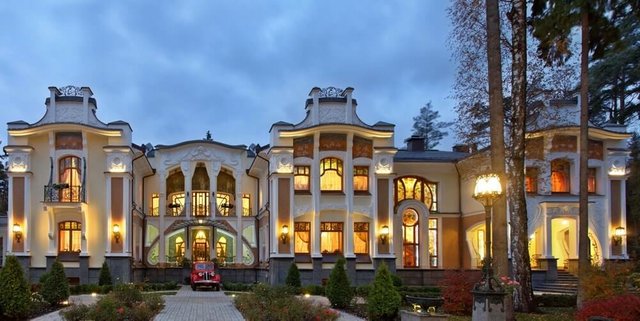
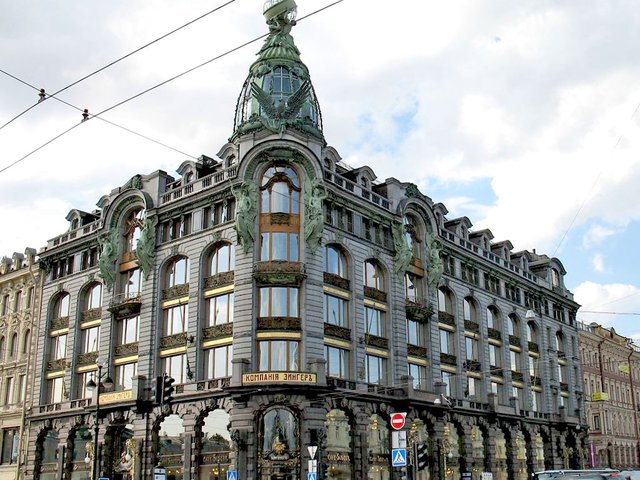
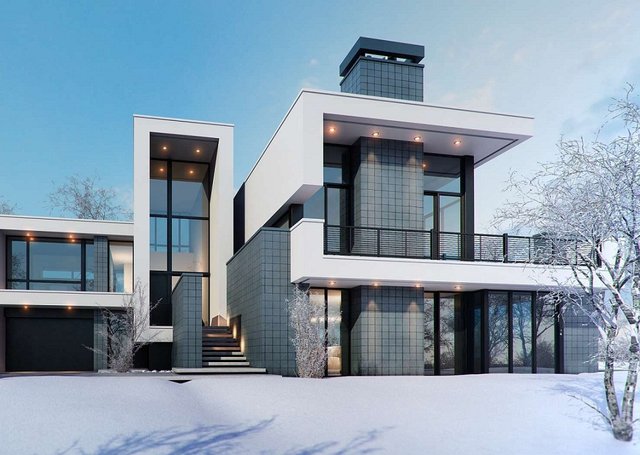
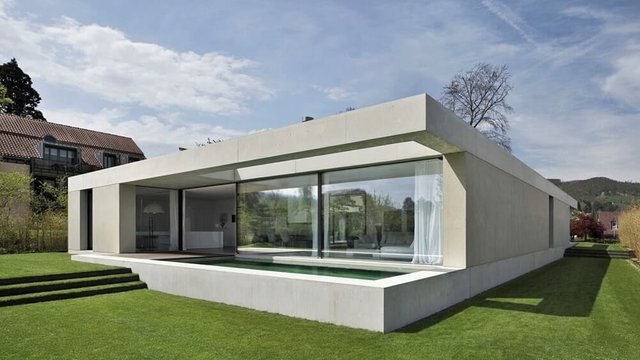
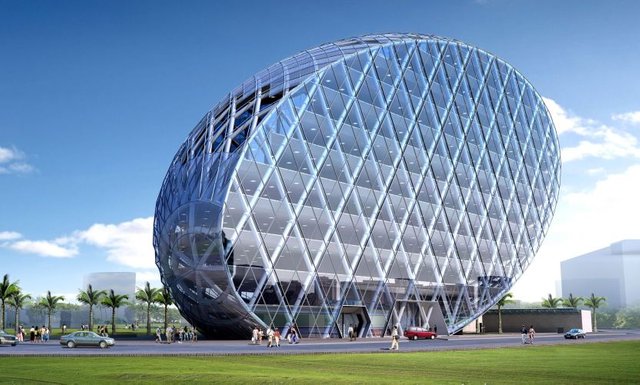
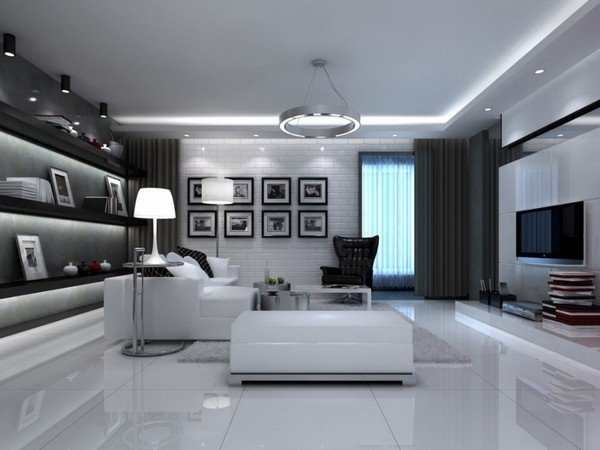
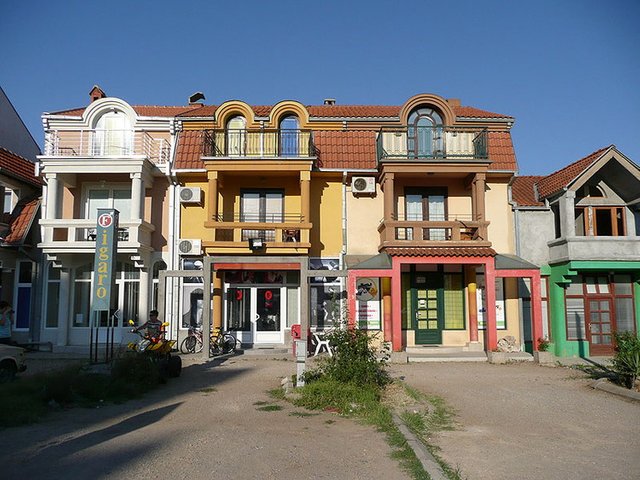
omg,how beautiful.
yes you are right,The style of architecture is a reflection of the cultural sentiments of its era.
Downvoting a post can decrease pending rewards and make it less visible. Common reasons:
Submit
What a great post. I am always looking for something new to learn.
Before reading this post I only new about Roman architecture and in general about what came until the 18th century. So this post was a great addition to that.
Downvoting a post can decrease pending rewards and make it less visible. Common reasons:
Submit
Evolution of architecture, the architecture has really changed from time to time, humans change the architecture according to thier life style and living, the modern design is based upon maximum utilisation of space, the ancient buildings were built for best preview they cared less about space, but with the time the space in architecture is first preference, it should be properly utilised.
Downvoting a post can decrease pending rewards and make it less visible. Common reasons:
Submit
You got a 1.09% upvote from @postpromoter courtesy of @pioner888777!
Want to promote your posts too? Check out the Steem Bot Tracker website for more info. If you would like to support the development of @postpromoter and the bot tracker please vote for @yabapmatt for witness!
Downvoting a post can decrease pending rewards and make it less visible. Common reasons:
Submit